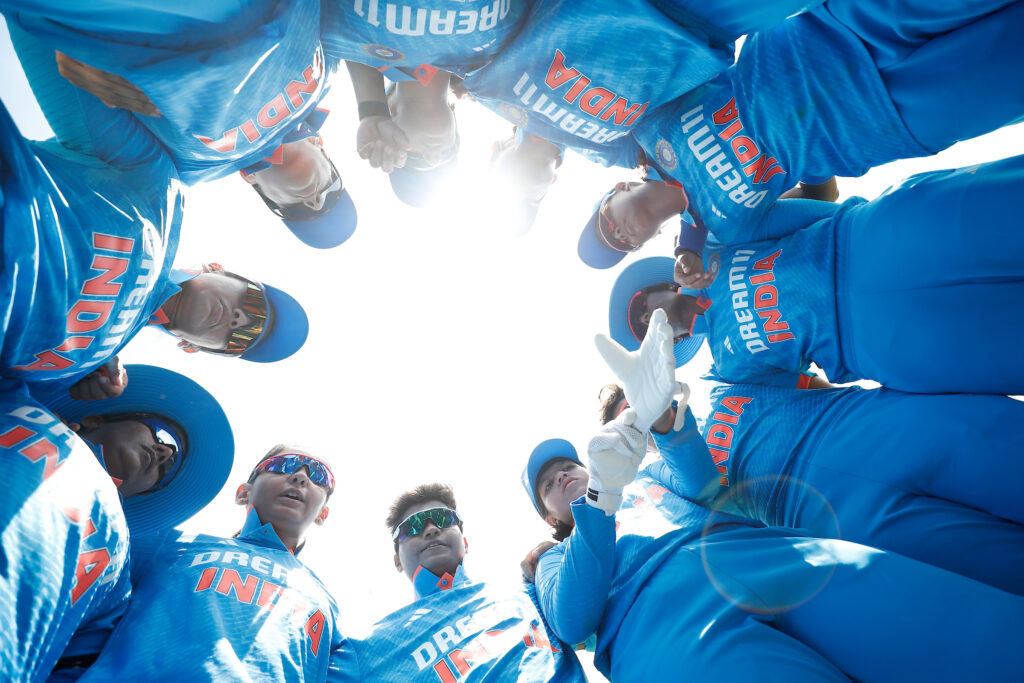
The recently concluded three-match ODI series between India and Australia has left Indian fans dejected. Following a humiliating exit in the 2024 Women’s T20 World Cup, the Indian Women’s Cricket team were offered an opportunity to script the perfect redemption arc.
Many believed that the three-match ODI series against Australia would be the perfect set of circumstances for India to make a comeback in international cricket and win the hearts of their fans. To everyone’s disappointment, the Women in Blue endured a humbling 3-0 loss against Australia. The series put the spotlight on the team’s weaknesses and raised critical questions about the team’s preparation and execution.
A Different Playing XI in every game
One of the most head-scratching issues throughout the series was the lack of stability in the Playing XI. The team management’s most baffling decision was to send Richa Ghosh, India’s primary lower-order finisher, to open the innings in the 2nd ODI in the absence of Priya Punia, who was suffering with an injury. This out–of–place experiment all but disrupted Richa’s natural game and weakened the middle order, not to mention there was no reliable power-hitter to accelerate the run-rate in the death overs.
In the last 12 ODIs, India have had a different XI in every game, including multiple batting position changes. Such frequent shuffling is bound to make the players unable to settle into their roles and erode the team’s confidence and effectiveness.
Lack of a Solid No. 3
India’s batting woes did not stop there. Instead, they were on full display as the team failed to post competitive totals in two of the three matches in the series. Sure, there were some occasional glimpses of brilliance from Smriti Mandhana and Jemimah Rodrigues, but there still remains a gaping void in the No. 3 position.
The instability has affected the team since before the World Cup, with no consistent performers stepping up and solidifying the lineup. On top of that, captain Harmanpreet Kaur, a senior batter with years of experience, has failed to play a pivotal role in the team for long. Her inability to convert her starts into impactful contributions has left India with more problems than solutions.
Sloppy Fielding
Now it is no secret that India’s lacklustre fielding performances are a recurring theme. Missed catches, misfields, and sub–par athleticism have cost India more opportunities that one can count, and handed Australia critical chances to consolidate their innings. The body language of the players often also reflected the lack of intensity. It also doesn’t help that the skipper, from time to time, is seen yelling at her fielders, eroding their confidence further.
The fielding in the 2nd and 3rd ODIs let the match slip away from India’s control and such lapses not only dented India’s chances but also highlighted an area that urgently needs improvement.
Tactical Missteps and Bowling Inefficiency
Harmanpreet’s captaincy has been under the scanner and has drawn criticism for questionable decisions for a long time now. Some of the tactical blunders include her opting to bowl first in the 3rd ODI, which allowed Australia to post a daunting 298/6, defensive field placements and poor rotation of bowlers. There were a few standout bowlers like Arundhati Reddy, who scalped 4/26 in the final match of the series alongside Saima Thakor and Renuka Singh Thakur. The overall bowling attack seemed to lack consistency and strategy. There was a plethora of loose deliveries and missed opportunities that enabled Australia to take opportunities by the throat and capitalise on India’s mistakes.
Can the team come out of the rut?
With the way that things have panned out for the team, there is a need for urgent introspection to address the recurring issues. A more settled playing XI, clarity in players’ roles and changes in both tactics and leadership will be crucial. With the ODI World Cup on the horizon, there’s no better time for India to regroup, rebuild, and regain their competitive edge.




